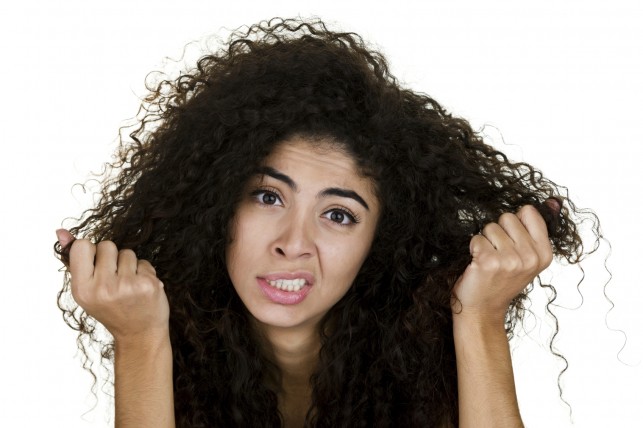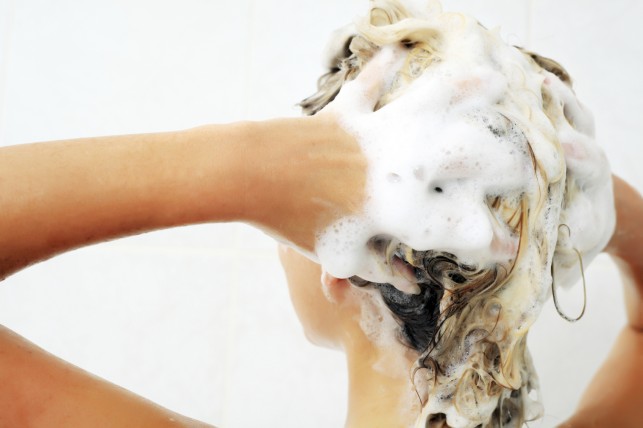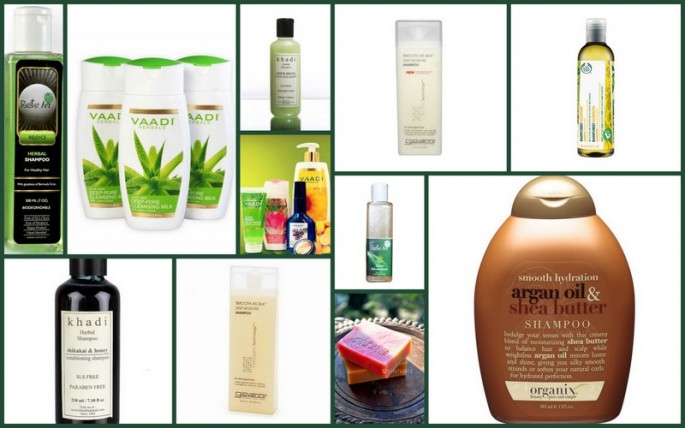Your shampoo could be what is keeping you from beautiful hair
You have grown up watching shampoo ads with beautiful models sporting a shiny crown of luxuriant hair. You buy bottle after bottle of shampoo hoping this one would turn out to be ‘The One’. You also have a range of half-used shampoo bottles in your bathroom, each one abandoned when the latest miracle shampoo enters the market. But no matter what you use, you still have dry and frizzy hair with/without a flaky scalp. Despite this, you persist in working up a lather with the newest shampoo in your kitty, little knowing that this luxuriant lather could be hindering you from achieving what you desire.
The foam/lather in shampoo is due to surfactants or surface-active agents. The foaming effect does not actually improve the ability to clean; it simply makes it more visually pleasing. There are a number of surfactants out there, ranging from harsh to mild. The harsher surfactants are usually cheaper and so, most shampoo manufacturers use the cheaper, and generally harsher, surfactants—the main offender among them being Sodium Lauryl Sulphate (SLS).

SLS is found in several household items including laundry detergent, dish soap, and toothpaste. It is also used in industrial products such as car wash soaps, engine degreasers, and floor cleaners. SLS creates the rich and foamy lather in most shampoos and soaps, and it is also why a lot of them make your hair and skin rough. Sulphates dry the hair follicles, creating an imbalance in the natural sebum production of the scalp, leading to dandruff when the scalp creates more sebum to balance the dryness. It is a vicious cycle. This could cause increased hair fall as well.
While many allege that sustained exposure to SLS can be carcinogenic, there is no scientific evidence yet linking SLS to cancer. However, even scientists agree that SLS can irritate skin and hair.
Hence, low-sulphate shampoos (commonly known as ‘low-poo’) and sulphate-free shampoos (known as ‘no poo’—yes, you read that right) have become increasingly popular over the past couple of years. So much so that well-known companies like L’Oréal and TRESemmé have launched separate low-sulphate/sulphate-free product lines, such as L’Oréal EverPure and TRESemmé Naturals, respectively. The director for product development for L’Oréal Paris, Jennifer Disomma, has even admitted, “We do know sulphate-free shampoos are gentler on the hair fibre.”

These shampoos are especially beneficial for coloured and wavy/curly hair. Be warned though—sulphate-free shampoos barely lather. So if you are addicted to working up a lather with your shampoo, the transition might be difficult for you.
After reading about the harsh chemicals found in shampoo, you would probably reach for the so-called ‘herbal’, ‘all-natural’ brands. However, a close look at their labels will show that a lot of these brands merely avoid giving the complete list of ingredients. They provide an exhaustive list of the natural ingredients (complete with the scientific names) alright, but end with a vague ‘surfactant base’ at the bottom of the list, conveniently giving no indication of the kind of surfactant used in the shampoo.
The following are some of the sulphate-free shampoos available in India. You can find most of them online too at Flipkart, Purplle, Amazon, etc.
Khadi Naturals shampoos
Neev shampoos
Vaadi Herbals shampoos
Organix shampoos
Rustic Art shampoos
The Body Shop Rainforest range
Aveeno Pure and Renewal Shampoo
Giovanni Smooth As Silk Deep Moisture Shampoo
Giovanni Tea Tree Triple Treat Shampoo
Soulflower Shampoo Bar
Himalaya Anti-dandruff Tea Tree and Aloe Vera Shampoo

All said and done, the best way to make sure you are indeed buying a sulphate-free shampoo is to go through the ingredient list behind the bottle.
Looks like our grandmothers knew what they were doing when they used shikakai and hibiscus leaves to wash their hair.
Also read
Trendwatch: Grey is the new brown, burgundy and blonde
10 things that only a girl with short hair will understand

OMG-inducing, share-compelling, like-attracting, clutter-breaking, thought-provoking, myth-busting content from the country’s leading content curators. read on...
